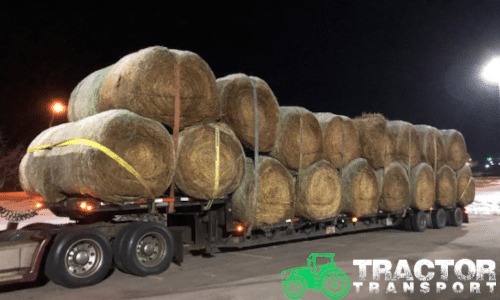
Hay is one of the essential support systems for livestock feeding. For many farmers, receiving or transporting hay comes down to safety, efficiency, and timely delivery. Several factors come into play when you consider how to load hay for shipping.

Hay is one of the essential support systems for livestock feeding. For many farmers, receiving or transporting hay comes down to safety, efficiency, and timely delivery. Several factors come into play when you consider how to load hay for shipping.

Small to industrial-size farming requires heavy machinery and equipment that can be expensive to buy and ship. With high shipping costs that primarily come with logistical challenges and levies, it is difficult for farmers to maintain optimal operation expenses and make significant profits.
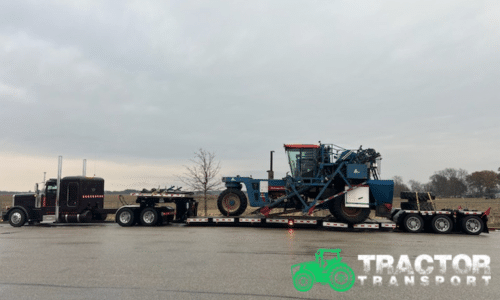
Technological advancements keep surprising farmers with modern equipment each day. The demand for harvesting equipment is usually high during the harvesting months, summer and spring. Farmers may want to acquire the best threshers, balers, and other essential farm equipment, which offers numerous gains. They may be required to transport their farm equipment occasionally, and understanding how to do this right is vital.
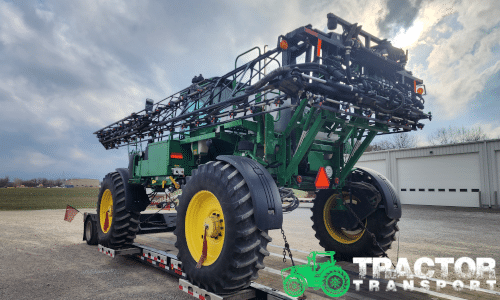
When shipping farm equipment, becoming intimately familiar with federal and state DOT regulations is essential. When transporting heavy equipment of any type, being unaware of the applicable DOT regulations can have severe consequences both in monetary terms and regarding legal liabilities.
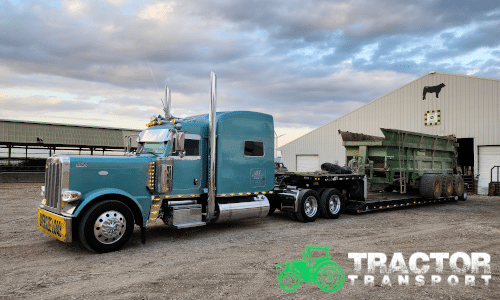
Antique tractors and farm machinery shipping present a unique set of difficulties. These pieces of equipment are much more than simple tools; they represent the rich cultural legacy and history of agriculture and are extremely emotionally and economically valuable. The importance of safe and secure shipment is increased because older equipment may be more prone to damage during transit.
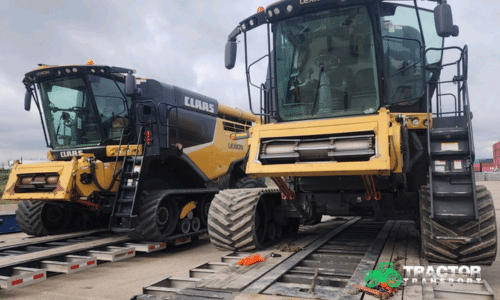
Your farming activities depend on the shipping of farm machinery. However, the procedure frequently results in wear and tear, which, if ignored, can impair your equipment’s performance and potentially limit its lifespan. Neglecting post-shipment maintenance might result in unforeseen breakdowns, which can seriously interfere with your farming plan and may cost a lot to fix.

Preparing your agricultural equipment transport for the holidays in a strategic manner is the key to reducing delays and guaranteeing smooth operations. This article will provide helpful advice on how to deal with these unusual circumstances while securing your equipment and staff.
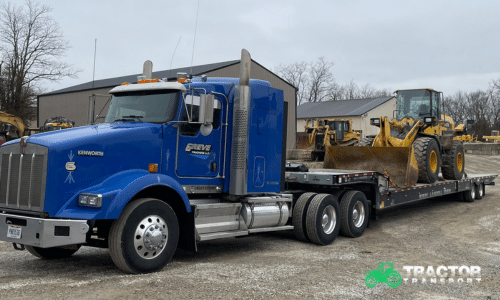
Purchasing machinery and other equipment that is essential to farming operations takes up a considerable percentage of farmers’ cash. Although investing in high-quality, dependable gear is expensive, it is an investment that pays off by increasing production and lowering labor costs.
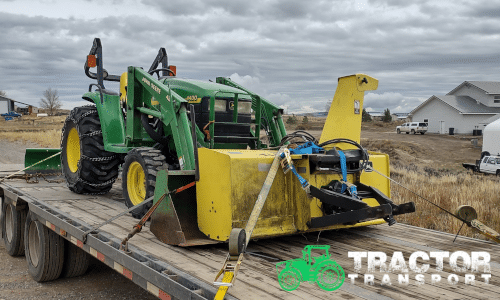
The expense of transporting farm equipment is one of the most urgent concerns farmers confront in the agricultural sector. These enormous, heavy pieces of equipment can be expensive to freight, which raises the already high operational costs associated with farming.
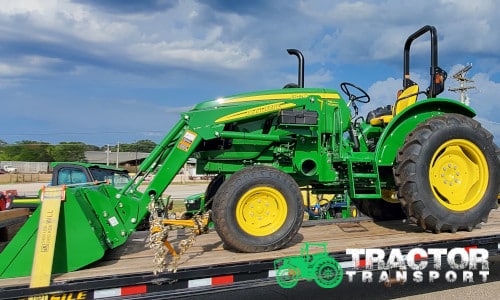
Farm equipment is essential to the agricultural sector. It has completely changed how we think about farming, making it less time-consuming and more effective. These mechanical creatures, which range from harvesters that gather crops to tractors used for planting and plowing, are crucial to preserving the world’s food supply.